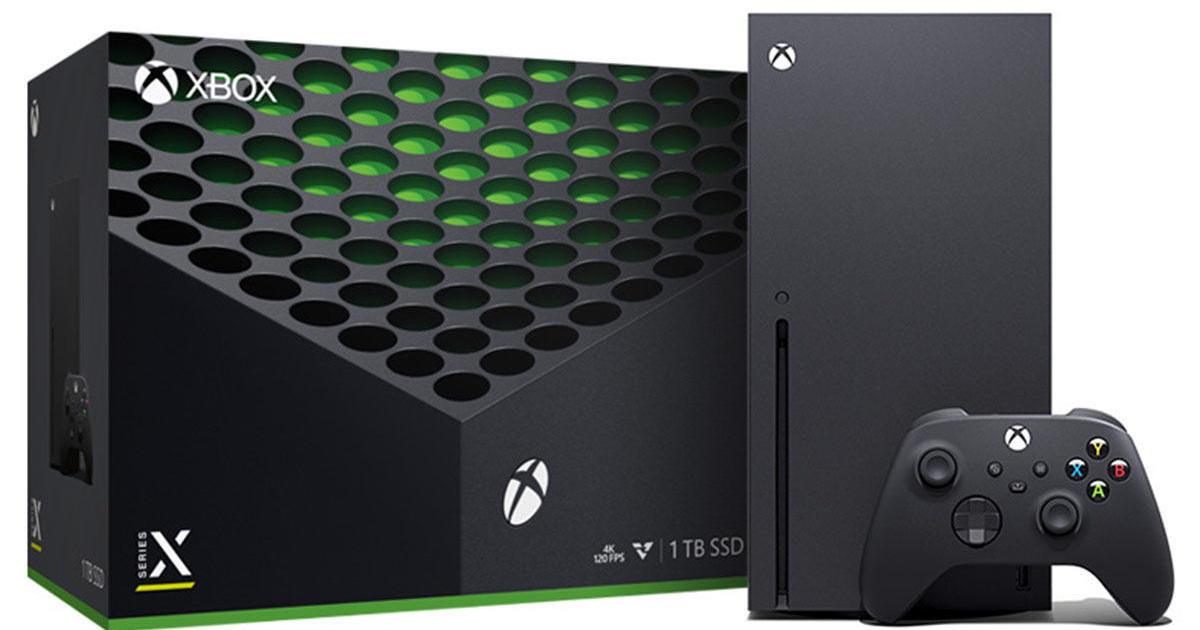
09 Apr FUTURE TRENDS IN PRODUCT PACKAGING
Product packaging plays a crucial role in the consumer experience, serving not only as a protective barrier but also as a means of communication between brands and customers. As the world becomes increasingly interconnected and environmentally conscious, the future of product packaging will be shaped by the integration of sustainable materials, smart technologies, and a focus on consumer experience. But let’s say you’re wondering what specific trends and innovations to be on the lookout for going forward? We figured we’d take a closer look and point some out.
Point number one: Sustainability is rapidly becoming a central concern for consumers and businesses alike. As a result, the use of eco-friendly materials in product packaging will be essential in the years to come. Packaging materials that are biodegradable, recyclable, or made from renewable resources will increasingly replace traditional plastic and paper options.
Bioplastics, derived from renewable sources like corn starch or sugarcane, offer a more sustainable alternative to petroleum-based plastics. Other innovative materials, such as mushroom-based packaging and seaweed-derived films, are being developed as environmentally friendly substitutes for conventional packaging materials. By embracing these sustainable options, companies can not only reduce their environmental footprint but also appeal to environmentally conscious consumers.
The integration of smart technologies into product packaging is poised to revolutionize the way consumers interact with products to boot. From QR codes and Near Field Communication (NFC) tags to temperature-sensitive labels and time-temperature indicators, smart packaging offers a wealth of opportunities for enhancing the consumer experience and ensuring product safety.
For example, smart labels can provide consumers with real-time information about a product’s freshness, origin, and ingredients, or offer personalized promotions and discounts. Additionally, smart packaging can enhance supply chain visibility, allowing companies to track and monitor products throughout their journey from manufacturer to consumer, improving traceability and reducing waste.
Mind you: As consumers become increasingly discerning, the future of product packaging will be shaped by a focus on minimalist and functional design. This trend is driven by a desire for simplicity and a recognition of the importance of reducing waste. Minimalist packaging designs prioritize the essential elements of branding and communication, using clean lines, simple typography, and limited color palettes. This approach not only reduces visual clutter but also minimizes the use of materials, resulting in more sustainable packaging.
Moreover, functional design ensures that packaging is easy to open, use, and dispose of or recycle. By prioritizing functionality, companies can enhance the consumer experience while simultaneously reducing the environmental impact of their packaging.
Oh, and PS – in a world where consumers increasingly value unique and personalized experiences, customized product packaging will play a vital role in differentiating brands and products. Advances in digital printing and manufacturing technologies, such as 3D printing, are enabling companies to create packaging that is tailored to individual consumer preferences and needs. From personalized labels and packaging designs to custom shapes and sizes, these innovations allow companies to connect with consumers on a deeper level and create memorable brand experiences.



